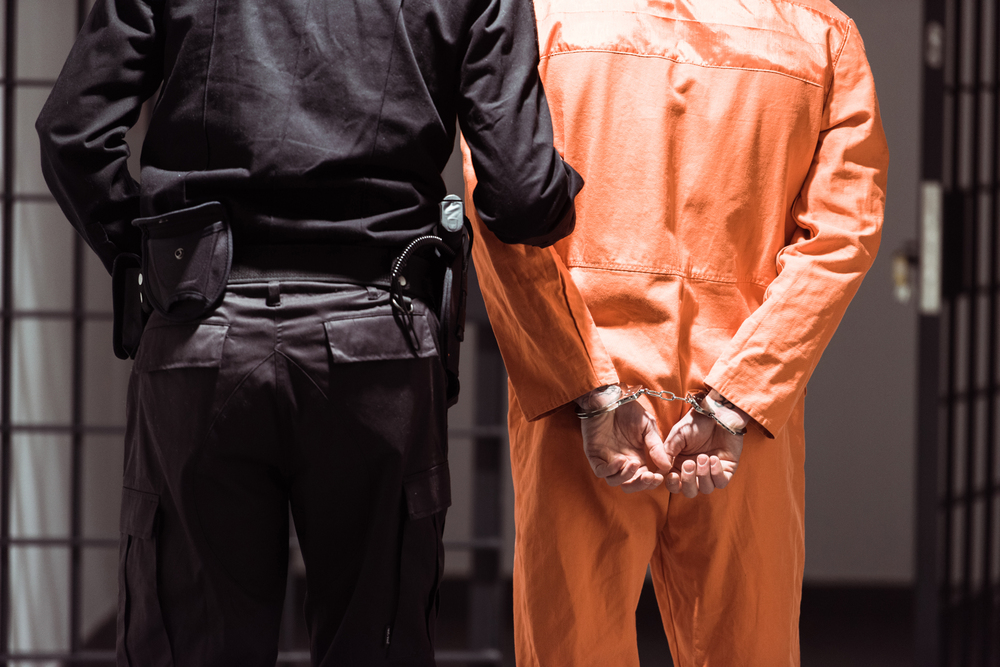
What happens when the safety net for mental health care wears so thin that jails effectively become the de facto “treatment” centers? It’s no fantasy for thousands of Pennsylvanians. It’s a stark reality that has left families, advocates, and policymakers searching for solutions and hope.
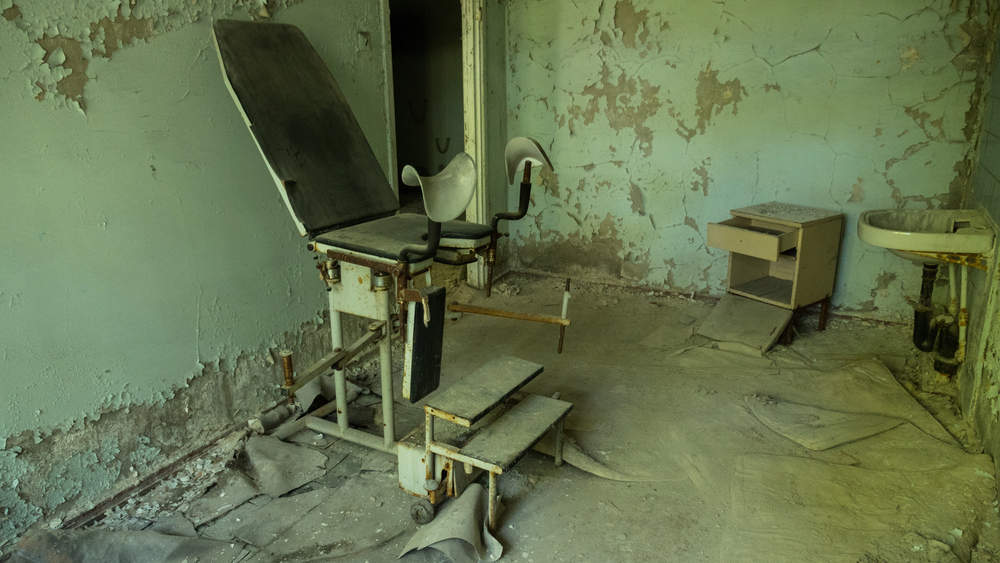
1. The Long Shadow of Underfunding
Pennsylvania’s shift away from institutionalization and toward community-based mental health care was supposed to be a story of success. But when state hospitals shut down, the promised vigorous system of community supports never really developed. The state’s mental health system has been chronically underfunded for almost four decades, with the 2013 cuts made by then-Gov. Tom Corbett is stripping away resources that have not yet been replaced. County mental health services have lost $150 million since 2017 alone and currently serve around 85,000 fewer individuals. In spite of recent shots in the arm $40 million in Gov. Josh Shapiro’s initial two budgets and budgeted $20 million more in 2025, the gap remains wide, especially when one factors in inflation and the steadily rising growth in demand.
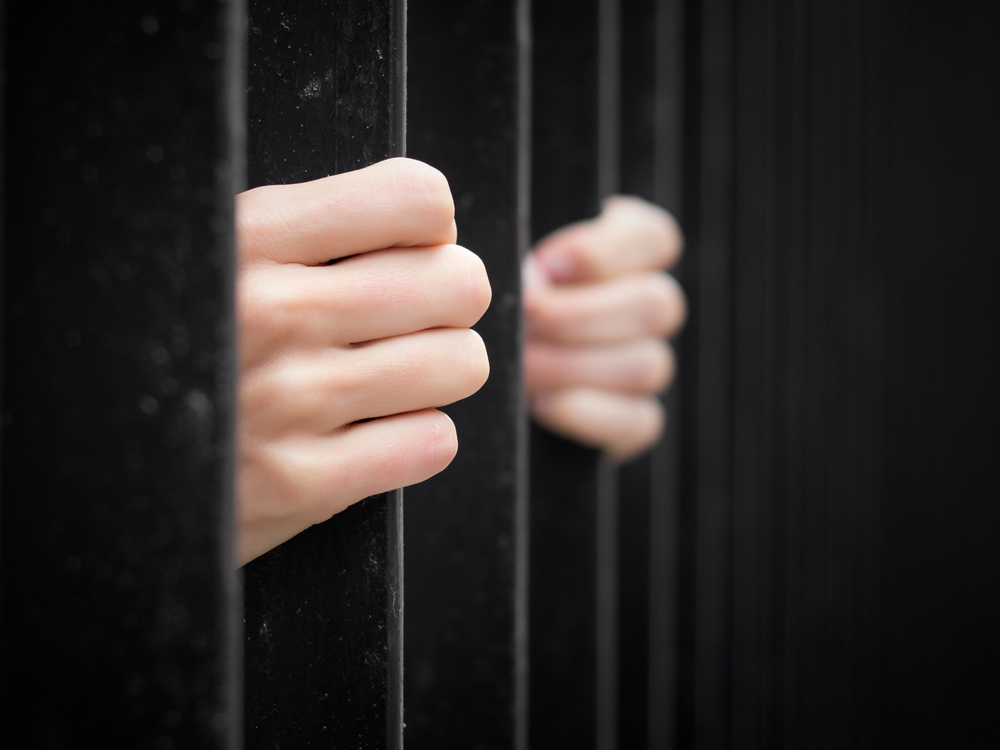
2. When Symptoms Are “Crimes”
The result of this funding deficit is chilling: symptoms of severe mental illness are increasingly criminalized. Instead of being treated, people like Robert, whose situation is duplicated across the state, find themselves arrested for behavior that is directly tied to their disease. “The jail is a de facto social worker,” Bucks County Director of Corrections David Kratz wrote. “If services in the community are not easily available to law enforcement, jail is the easy solution.”. Police can’t afford to spend at times over 12 hours trying to access services.” Jail is not only the first point of contact for many, but often the only point of contact for care, despite the near-universal consensus that this approach is inhumane as well as unsuccessful.
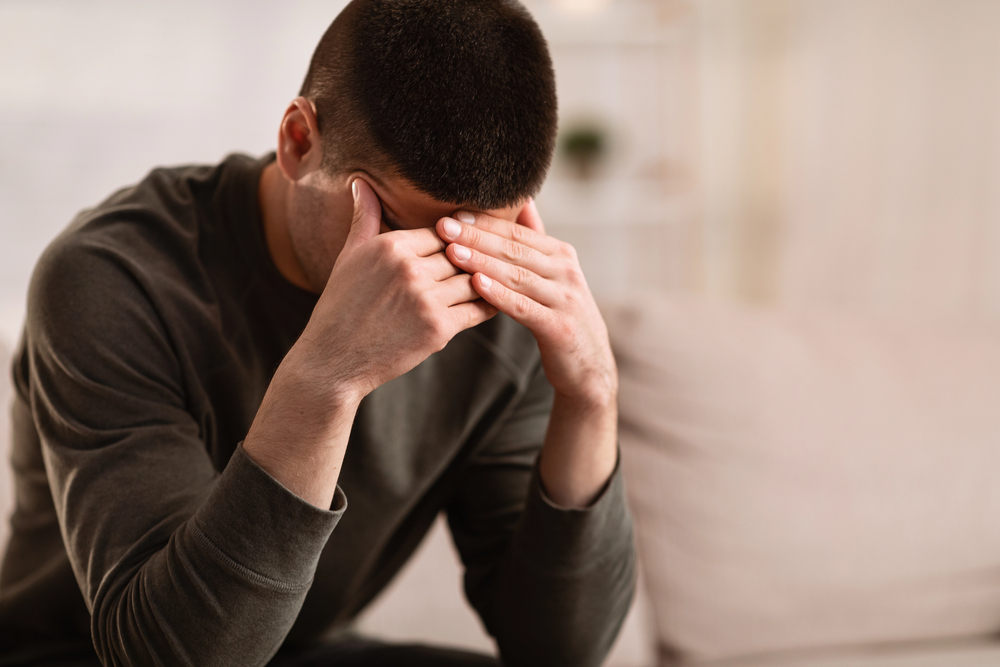
3. Indeed, the Human Cost: Sue and Robert’s Story
Sue’s story with her son Robert discloses the human ruin behind the numbers. After a promising student and athlete, Robert’s descent into full-blown mental illness was a daily challenge for the two of them. As Sue recounted, “I just play this over and over in my mind. Maybe I shouldn’t have taken that knife out of his hand.” The system’s reaction? A revolving door of short-term hospital admissions, rapid discharges, and, when symptoms flared up, jail. Once, after a frantic search for help, Sue was told her son could not enter a program because, in one moment of clarity, he had read a book. “That is your determining factor? He can read?” she asked in amazement. For Sue’s family and others like them, the lack of continuous, significant help is a daily trauma.
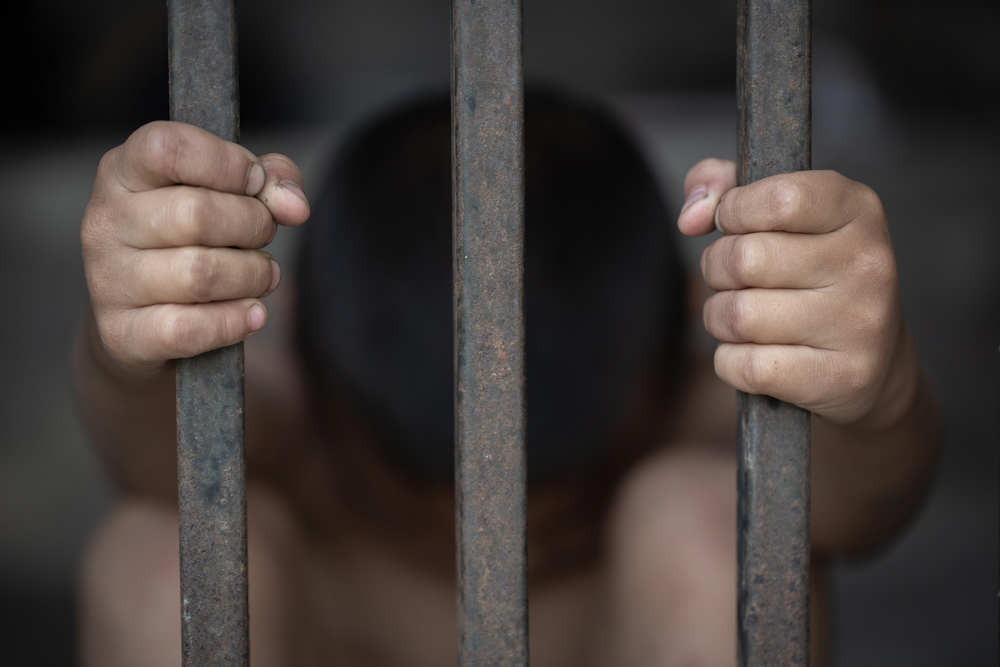
4. Data That Requires Action
The data are chilling. Trends in 37 Pennsylvania prisons show rising rates of inmates with serious mental illness, more inmates on suicide watch, and more psychiatric medication needs. In some counties, nearly half the prisoners are on psychiatric medication. However, as William Schouppe, warden at Beaver County Jail, indicated, “When people aren’t medicating, we have very little success in getting them started.” Most have been degrading, and we don’t have the resources to attend to those individuals.” The system is so stretched, it is unreliable in giving even minimum care, and things turn out poorly.
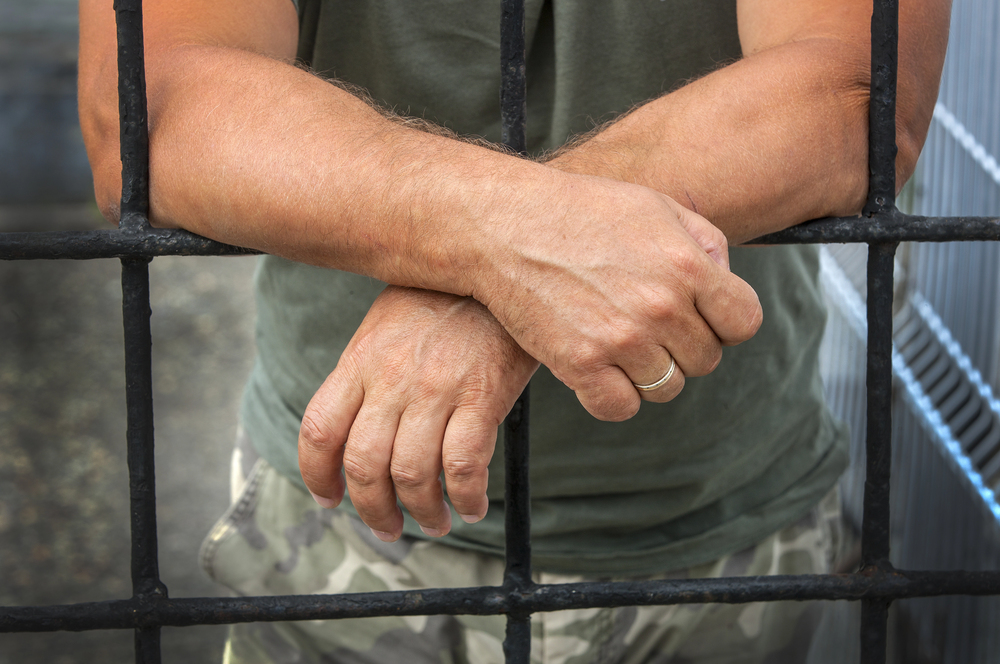
5. The Risks In and After Jail
Being incarcerated with a mental disorder is dangerous. Suicide has increased by 103% in Pennsylvania prisons over the last decade, leaving individuals twice as likely to succumb to suicide behind bars as in the community. That risk doesn’t stop at release: one study recently estimated that suicide risk is 62% higher for individuals with prior incarceration compared to the general population. Only 27% of those with behavioral health diagnoses utilized outpatient mental health treatment after being discharged, and low usage correlated with higher suicide attempts and deaths. The message is evident: without a seamless transition from jail to community care, patients fall through the cracks frequently with terrible outcomes.
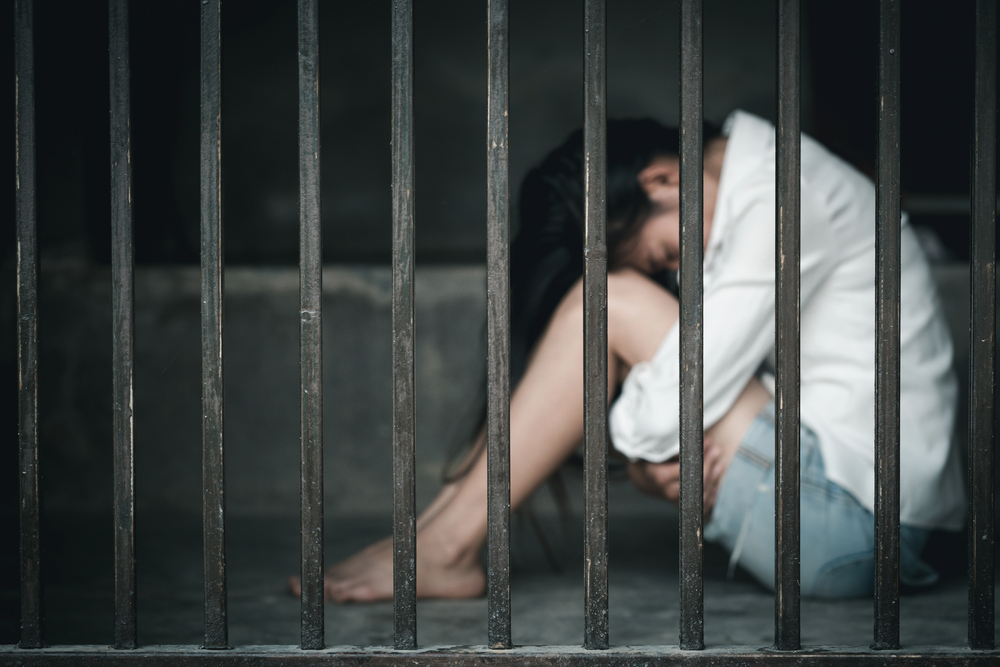
6. Why Jails Aren’t the Answer
Jails were never designed or equipped to address mental illness. As Angela Kern, deputy treatment warden for Fayette County Prison, explained: “We simply are not trained…nor have a facility to hold those requiring mental health treatment.” Conditions inside exacerbate symptoms, particularly when individuals are put into solitary confinement or deprived of prompt attention. “The system is broken,” opined Scott Robinson, warden of Snyder County Prison. “People wait too long to get the assistance they require. Jails are unready to handle severe mental illness.” These environments do not cure, but they do worsen trauma, increase risk, and set the stage for future crises.

7. Real Solutions: Diversion and Community-Based Care
There’s a movement throughout the U.S. to end this cycle. Diversion programs, at every level from pre-police encounter to pretrial, are getting better and more compassionate. In Texas’s Tarrant County, for example, police can divert individuals in crisis to a diversion center instead of jail, offering them resources and support without charging them. Diversion programs have been shown to cut future convictions by 48% and improve employment outcomes by 53% within ten years. Restorative justice initiatives, especially for youth, empower communities to heal and restore harm outside the courtroom. The secret? These programs address the root causes like housing, joblessness, and untreated mental illness rather than jailing symptoms.

8. What Pennsylvania Needs Now
Both experts and advocates agree: building a complete, inclusive system of community-based mental health care is the only solution that will work. Mental health courts and diversion programs should be only one component of a larger strategy for keeping mentally ill individuals out of the criminal justice system altogether. “An accessible, comprehensive, effective mental health treatment system aimed at the needs of persons with serious and persistent mental disorders is clearly the best way to prevent the criminalization of persons with mental illness,” Mental Health America reports.
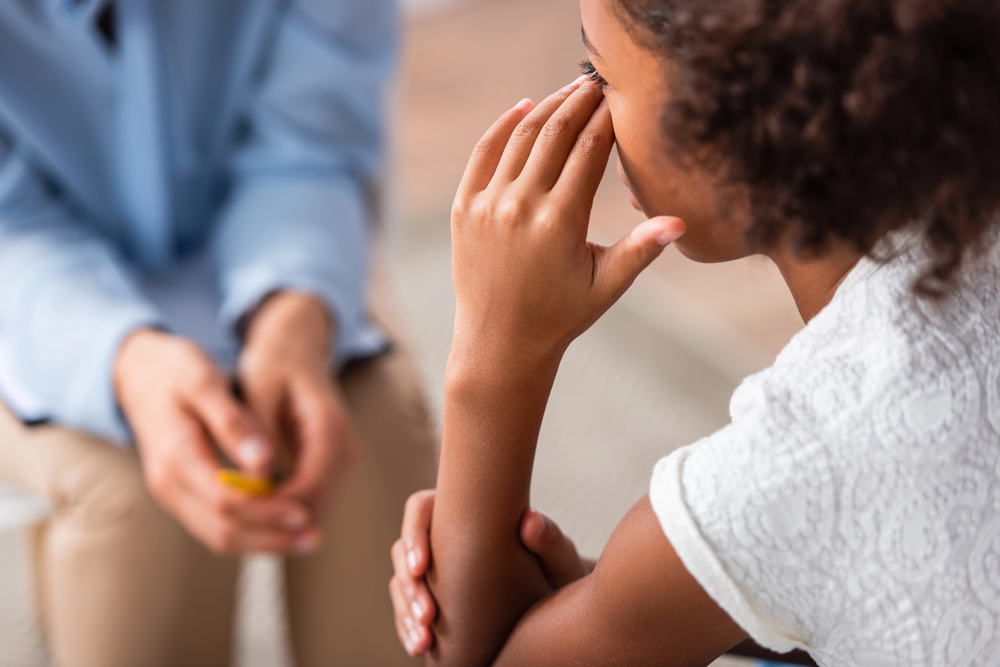
Policymakers are urged to invest in prevention, early intervention, and robust supports that are provided where individuals reside before a crisis becomes crime. For families, advocates, and leaders, the course ahead is difficult but unambiguous. The stories and data from Pennsylvania’s jails are a call to action: to build a system that responds to mental illness with kindness, not handcuffs; that supports families like Sue and Robert; and that welcomes the most vulnerable with compassion, not cages.


